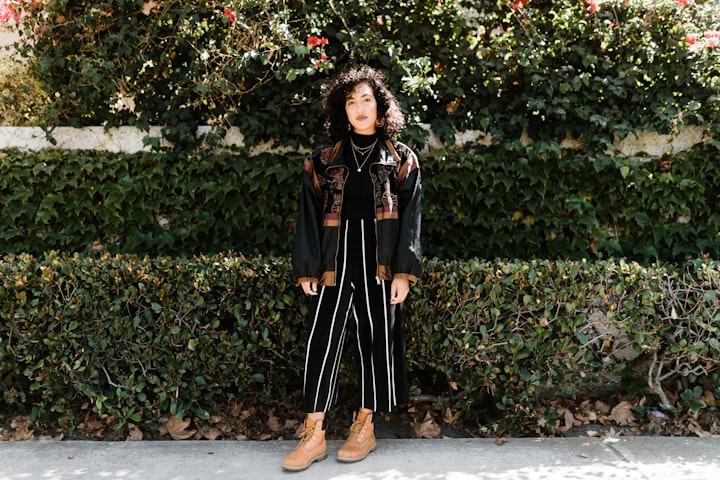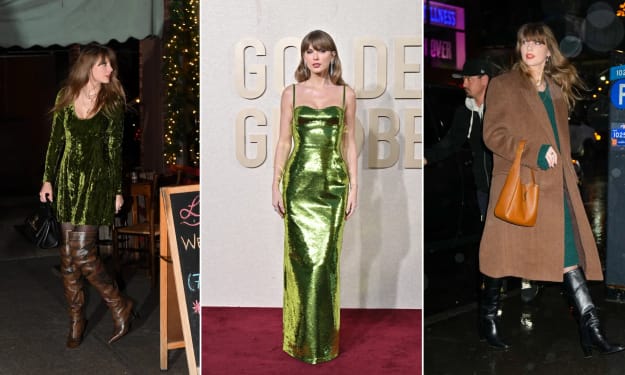From Haute Couture to Ready-to-Wear: Tracing the Evolution of High Fashion Throughout History
Exploring the Impact of Technological Advancements and Societal Changes on the Fashion Industry

Fashion has always been an integral part of human society, with clothing styles evolving over the centuries to reflect changing social and cultural norms. High fashion, in particular, has undergone significant transformation throughout history, with the emergence of haute couture and ready-to-wear lines playing a pivotal role in the industry's evolution.
Haute couture, meaning "high sewing" in French, refers to the creation of custom-made clothing that is often made by hand using expensive fabrics and high-quality materials. The term was first coined in the mid-19th century, during a time when Paris was emerging as the fashion capital of the world. The city's elite fashion houses, such as Chanel, Dior, and Yves Saint Laurent, were responsible for creating exquisite, one-of-a-kind pieces for wealthy clients.
Haute couture was characterized by its exclusivity and attention to detail, with each piece being carefully crafted to fit the client's exact measurements and specifications. The process of creating a haute couture garment was a labor-intensive one, involving multiple fittings and intricate hand-sewing techniques that could take weeks or even months to complete.
Despite its prestige and high price tag, haute couture remained a niche market throughout much of the 20th century. Only a small percentage of the population could afford to purchase such luxury items, and the industry was largely dominated by a handful of French fashion houses.
In the 1950s and 1960s, however, the fashion industry underwent a significant shift as the popularity of ready-to-wear clothing began to rise. Ready-to-wear, also known as prêt-à-porter, refers to clothing that is mass-produced and sold in standard sizes, rather than being custom-made for each individual customer.
The rise of ready-to-wear was largely driven by the growth of the middle class, who sought fashionable clothing at an affordable price point. This shift in consumer demand led to the emergence of new designers and brands, many of which were based outside of France.
The rise of ready-to-wear also had significant implications for the fashion industry as a whole. By making high-quality clothing more accessible to the masses, it democratized fashion and challenged the notion that only the wealthy could afford to be fashionable.
Today, haute couture remains a highly exclusive and coveted market, with a select few fashion houses continuing to create custom-made clothing for their most discerning clients. At the same time, however, the ready-to-wear market has become increasingly important, with brands like Zara, H&M, and Uniqlo offering stylish and affordable clothing to consumers around the world.
Despite the differences between haute couture and ready-to-wear, both have played an important role in shaping the fashion industry as we know it today. Each has its own unique set of challenges and opportunities, and designers must carefully balance the demands of craftsmanship, creativity, and commercial viability in order to succeed.
Perhaps one of the most significant trends in recent years has been the blending of haute couture and ready-to-wear. Some designers, such as Karl Lagerfeld, have created collections that combine the craftsmanship and luxury of haute couture with the accessibility and affordability of ready-to-wear. This hybrid approach has allowed designers to experiment with new materials and techniques, while also appealing to a broader audience of consumers.
Overall, the evolution of high fashion from haute couture to ready-to-wear is a fascinating reflection of the changing tastes and demands of consumers over time. While the industry has undergone significant transformation, it remains an important part of our cultural landscape, inspiring us to express ourselves through the clothing we wear and the styles we adopt.
About the Creator
Jawad Ali
As a writer, I am passionate about crafting compelling stories and engaging content. With a love of language and a dedication to my craft, I strive to create work that resonates with readers and leaves a lasting impact.
Enjoyed the story? Support the Creator.
Subscribe for free to receive all their stories in your feed. You could also pledge your support or give them a one-off tip, letting them know you appreciate their work.





Comments
There are no comments for this story
Be the first to respond and start the conversation.